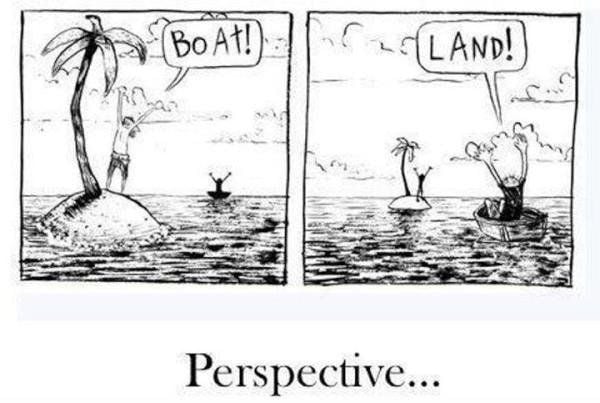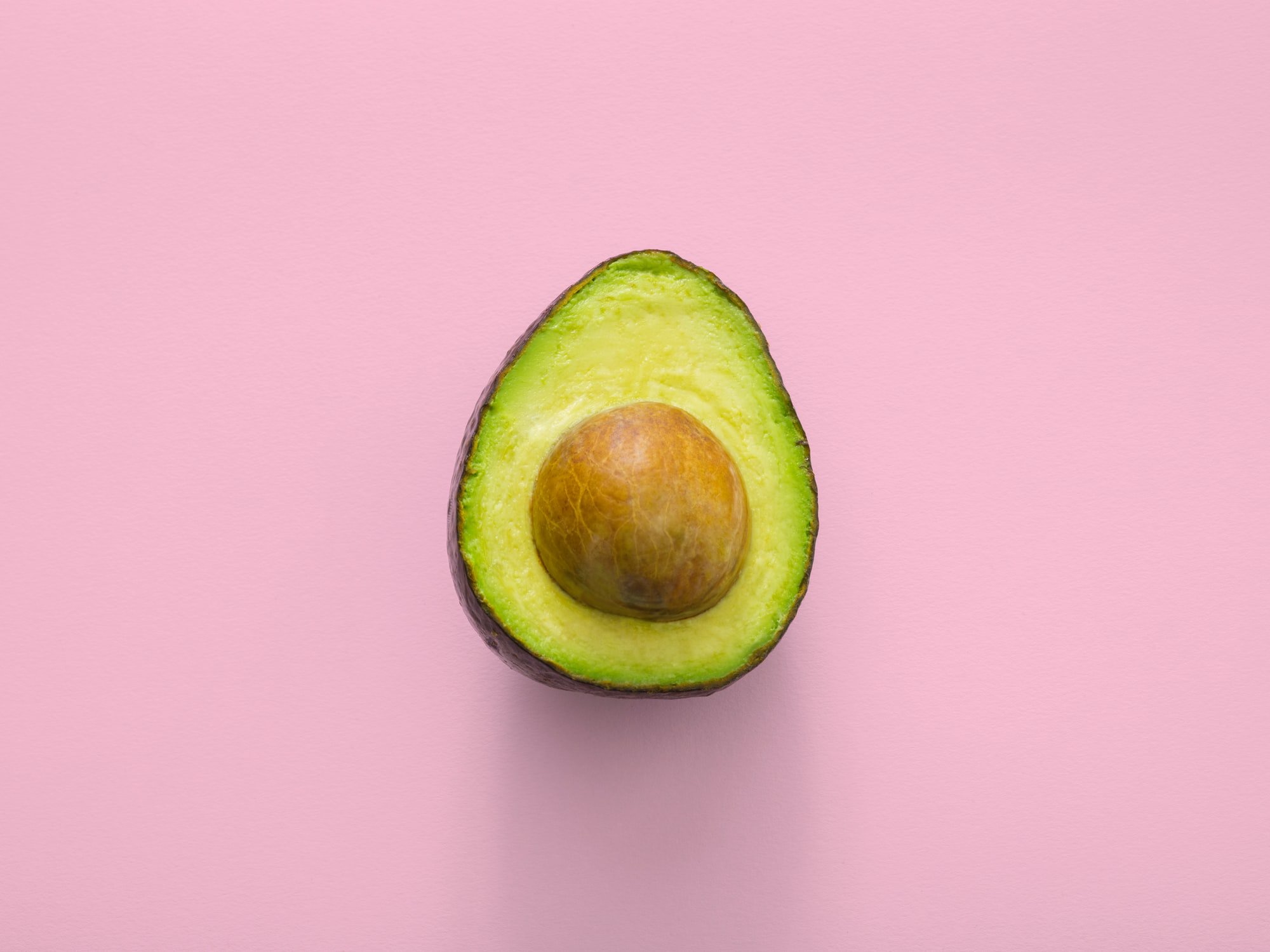Chrome Tab Groupings: Reason for Hope
At the risk of sounding utterly pedestrian, possibly histrionic, and opening myself to accusations of making much ado about nothing...Google Chrome tabs can now be grouped and this means we can save the world.

See those little red, blue and green markings at the top bar of my browser with waaaaay too many tabs open? Those are 'tab groupings.' I really like this feature, it helps me organize my day and makes me more effective. It's something I did long before Chrome provided me with a feature to do it. I have always organized my tabs into groups from left to right. I have my "administrative" group, my "social media" group, and my "today's work" group. But now those groups are not just 'in my mind'...they are in my browser!
If you're thinking that Chrome Tab Grouping is what I am excited, histrionic, and overdone about, that's not at all what I'm excited, histrionic, and overdone about. So what is it?
It is simply that DSRP predicts this. It predicts it everywhere, fractally—not just in browser tabs. DSRP predicts many things, but one of the things it predicts is that: (1) things will group; and (2) we want to be able to group things. What kinds of things? Any things. All things. All things and any things will have a tendency to group when they're not grouped and ungroup when they're grouped. Why? Because they can. And that is precisely what DSRP predicts.
Okay, so maybe that's reason for a little excitement but why be histrionic and overdone about it? Well, I know a little bit about the design of software (having invented Plectica systems mapping software) and I know that the decision to create grouping tabs was a long time coming. It likely resulted from oodles of data and testing, many design meetings, a lot of coding, and many customer feedback sessions. It took time. Lot's of time:
- to realize it was a thing in the first place;
- to realize it would be wanted;
- to decide to do it;
- to design it;
- to test it; and
- to release it.
The point is, it was entirely predictable. And, so are other facets of software and life. For example, there are two genders, and then more are distinguished. When we get too many to handle, we'll want or need to group them. There will be relationships among them. There will be different perspectives on them. It makes no difference if you're talking about genders or browser tabs. It's in the structure and evolution of the universe.
Predictability is a good thing. It means there is hope. It means that we can spend less time looking for innovations and more time innovating. To me, that means a lot because the world is in utter disarray. And the only way that we will feasibly undo this is to out-innovate the problems (we just did this with the COVID vaccines). To do that in a fast-paced world we need our System 2 thinking to be as fast as our Systems 1 thinking. And in order to do that we need DSRP. We also need dumb people to get smarter. Which, is also a challenge DSRP can handle.
If we could see that a lot of the stuff that we evolve into (like Chrome tabs groupings) by stumbling around in the dark for a long evolutionary period could in actuality be predicted in seconds, fractally, then there's hope that we can keep up with the pace of change in this VUCA world. In other words, it gives me hope that we can not only be smarter and more innovative, but also predictable and faster. We can discover unintended consequences before they happen. We can innovate new products before they're needed. We can pursue discovery less on the evolutionary principle of 'stumbling around in the dark and see what works' and more on the principle of structural predictions playing themselves out. We can, in a word, compress the time it takes to gain insight, discover, innovate, and invent.
So there. That's my screed. Chrome tab grouping rocks. And also, they were entirely predictable.
.png?width=150&height=150&name=CRL%20GOAT%20Logo%20(4).png)


